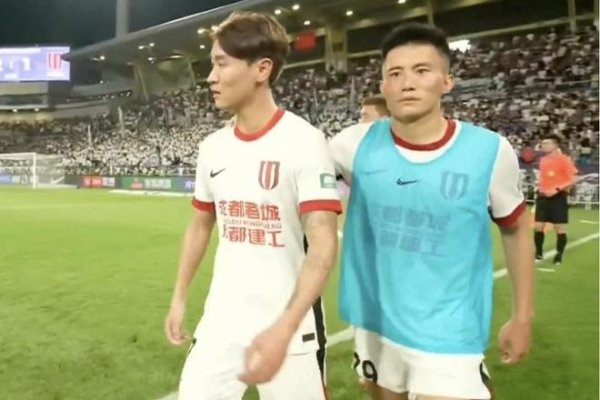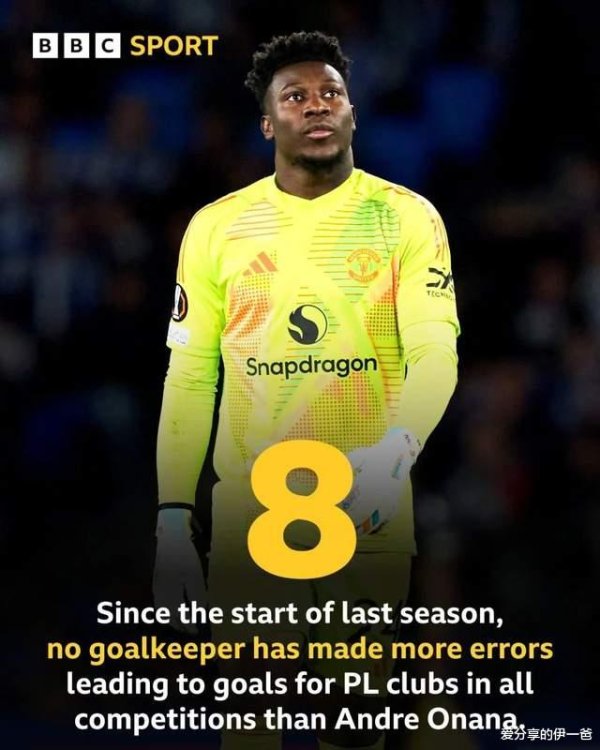HOME > Football
Average attendance rate surpasses China League One, what has the popularity of the "Soviet Super League" brought about
2:51pm, 29 May 2025【Football】
The "Soviet Super League" is not the Scottish Football Super League, but the 2025 Jiangsu Urban Football League, which is a league where 13 prefecture-level cities in Jiangsu, known as the "Thirteen Taishang Insurance", were allocated a team to participate.
Since its unveiling on May 10, the "Soviet Super League" has quickly become the focus of attention in Jiangsu Province and even the whole country. After two rounds of the first two rounds of the competition, the average audience of 8,798 in 12 games, exceeding the national professional league average of 6,467 in the 1st National League. Among them, Zhenjiang opened the opening match against Yangzhou with 18,000 viewers, and Yancheng vs. Taizhou with 15,000. In addition, Hupu APP urgently added a "Jiangsu" channel, with the number of visits exceeding one million on the first day of its launch.
According to media reports, in the first round, the home city was worried about the unstoppable situation. Not only did the tickets be given as clicks, but they also "shake people" from schools and enterprises. Now that the third round is about to start, the tickets are no longer available for money. Some fans even expressed on the second-hand item trading platform that they are willing to spend 100 yuan to buy a ticket.
On the Internet, the Jiangsu Provincial Urban Football League has also become a "message contest". Every game is like football and message. In the second round of the city league on May 24, the match between Xuzhou and Suqian was a "Chu-Han competition" that spanned thousands of years; "Jingkou Guazhou is a water in one river", Yangzhou and Zhenjiang, a pair of cities across the river, are "morning tea derby"; Yangzhou and Huaian are Huaiyang cuisine derby; similar ones are Journey to the West derby, crayfish derby...
Urban research expert and director of the Small and Medium City Research Institute Niu Fengrui analyzed to the First Financial Daily that with the development of the economy and the improvement of people's living standards, people's demand for spare time life, including culture, sports, entertainment, tourism and leisure, and the demand is becoming more and more diverse. The holding of the "Suzhou Super League" not only enriched people's needs, but also greatly increased the mass sports participation.
Niu Fengrui said that the popularity of the "Suzhou Super League" has further spilled out the event effects of cultural tourism and urban history and culture, and thus boosted economic development to a greater extent. "Su Chao" is a good platform, and urban culture, food, intangible cultural heritage, etc. can be further demonstrated through this platform. The article "Released by Nanjing" stated that the number of derby's memes comes from the depth of humanistic heritage and the strong development trend. This is "Versailles", the second largest economic province in the country. Behind the IP dispute in modern cities is the struggle for development paths and the struggle for pride that creates a circle-breaking effect. Humanities, industries, and urban temperament are mutually causal and mutually successful, and jointly build the charm of the city.
One game after another became a promotional video of the city’s image. Publicly reported data show that during the league, the number of night tourists in Jindu Scenic Area in Zhenjiang, Xi has increased by three times compared with usual days; the "9.9 yuan ticket + dried radish fried rice" package launched by the Changzhou competition area has doubled the online sales of local dried radish brands; the Yangzhou team turned the halftime break into a "intangible cultural heritage exhibition"... It can be said that each of the "Thirteen Taishang Insurance" has its own skills.
Some media comments and analysis showed that the "memories" behind the "Su Chao" was a joke between fans from all over the province, but in fact it was a mutual display and marketing between 13 cities in Jiangsu. In this joyful atmosphere of "contrast and harm", it strengthens the consensus of Jiangsu, a major economic, cultural and sports province, and shows the vigorous vitality and competitiveness of Jiangsu cities from the side.
In 2024, all 13 prefecture-level cities in Jiangsu entered the top 100 cities in the GDP. Among them, 9 cities entered the top 50 cities in the country. These 9 cities are Suzhou, Nanjing, Wuxi, Nantong, Changzhou, Xuzhou, Yangzhou, Yancheng and Taizhou, 4 cities in southern Jiangsu, 3 cities in central Jiangsu, and 2 cities in northern Jiangsu. In 2023, Changzhou will enter a trillion-dollar city with high quality, and is the fifth city in Jiangsu with a GDP of over trillion-dollar after Suzhou, Nanjing, Wuxi and Nantong. Among the top ten most powerful ordinary prefecture-level cities in the country, Jiangsu has five, namely Suzhou, Wuxi, Nantong, Changzhou and Xuzhou.
The seventh national population census shows that 11 cities in Jiangsu have more than 1 million urban areas, including 10 prefecture-level cities and Kunshan, a county-level city.
Niu Fengrui said that Jiangsu is mainly plains, with few mountainous areas, and a high proportion of arable land, which is very suitable for human settlements, with good natural geographical conditions and relatively large population density; at the same time, the history and culture of each city are very deep, forming a diversification of regional culture.
Niu Fengrui analyzed that a province in China may be equivalent to the territory of a major European country. Each province has relatively specific regional cultural and local characteristics. To explore cultural characteristics and display these rich cultural characteristics, appropriate carriers are needed. In Jiangsu, "Su Chao" is a good carrier.
Related Posts
- Scored the goal immediately after his debut! 15-year-old Liu Kaiyuan started on behalf of Huang Qian U16A team, scored with a low shot and won his first goal!
- Frank: The game proves that we have the ability to compete with the best teams in the world, and more than just competition
- Tough statement + salary cut concessions! Zhekelais rushed to Arsenal with a buzzer-beating
- Overtime work ends in the 2024-25 season. Top 10 of the five major leagues are released. Real Madrid occupies 6 seats
- MiTi: Dybala wants to stay in Rome, if the club offers a renewal offer, he is willing to negotiate
- Reporter: Inter Milan 30 million euros + Stankovic tried to sign Jasari, but the latter refused to join
- The 4 Brazilian teams in the Club World Cup qualify for all the teams, and both Argentina teams were eliminated, but they could not fill in the 10 points behind Argentina in the World Cup qualifiers.
- Real Madrid and Atletico Madrid have brought two unpopularities, South America s quarterfinals remain unbeaten, Club World Cup is not the World Cup
- Photo: Sane did receive special care, but it does not mean that he will not play in the Club World Cup at all
- Dima: Allegri strives to push Milan to sign Rabiot, Marseille will not stop him from leaving the team
Hot Posts
- Scored the goal immediately after his debut! 15-year-old Liu Kaiyuan started on behalf of Huang Qian U16A team, scored with a low shot and won his first goal!
- Frank: The game proves that we have the ability to compete with the best teams in the world, and more than just competition
- Tough statement + salary cut concessions! Zhekelais rushed to Arsenal with a buzzer-beating
- Overtime work ends in the 2024-25 season. Top 10 of the five major leagues are released. Real Madrid occupies 6 seats
Recommend

The behavior of fans in Tianjin competition area has sparked discussions, and the management of the venue has attracted attention

Analyze the crux of Arsenal s consecutive defeats in the warm-up match, losing to Huang Qian 2-3, and there are many problems with core players

Received the offer! Manchester United signs a new goalkeeper?

Liverpool strengthens after winning the Premier League? These five positions need to be upgraded urgently!

A 3-0 win in a row, Lautaro exploded in the Champions League, setting a new record in team history

Reporter: Inter Milan young player Stankovic is about to reach a transaction for Bruges, with a transfer fee of 10 million euros

Rookie wins the championship! Say goodbye to the NBA at the age of 24! Official: Horton Tucker and Fenerbahce have signed for two years

Paris deals with heat and fatigue: Two huge ice baths are available, keep an eye on players to rehydrate